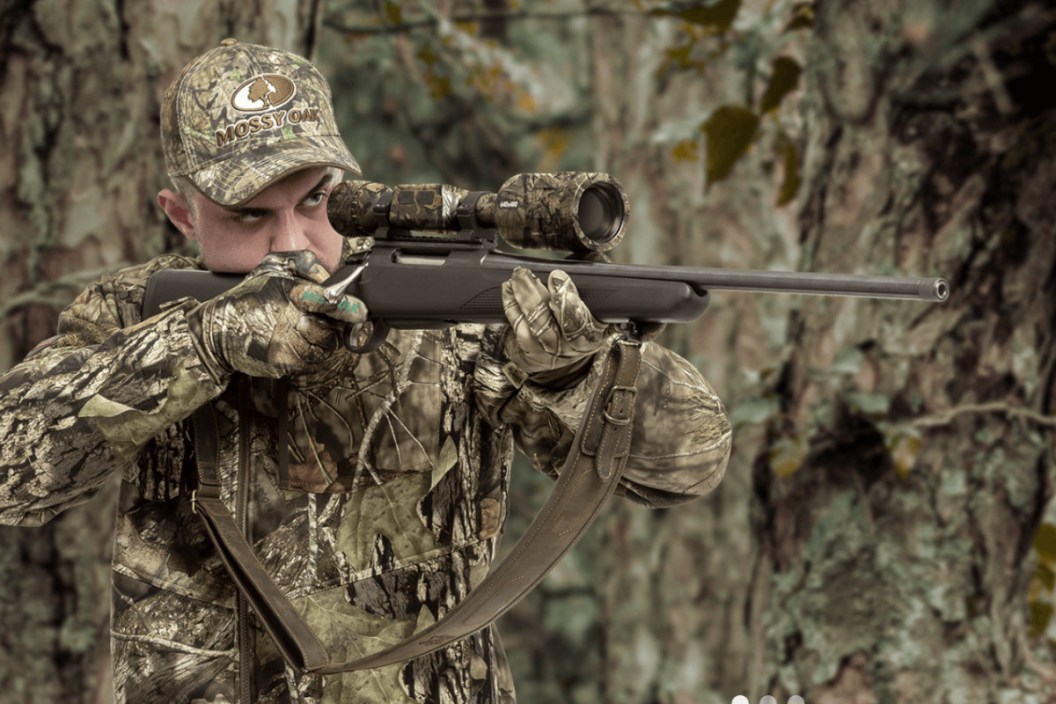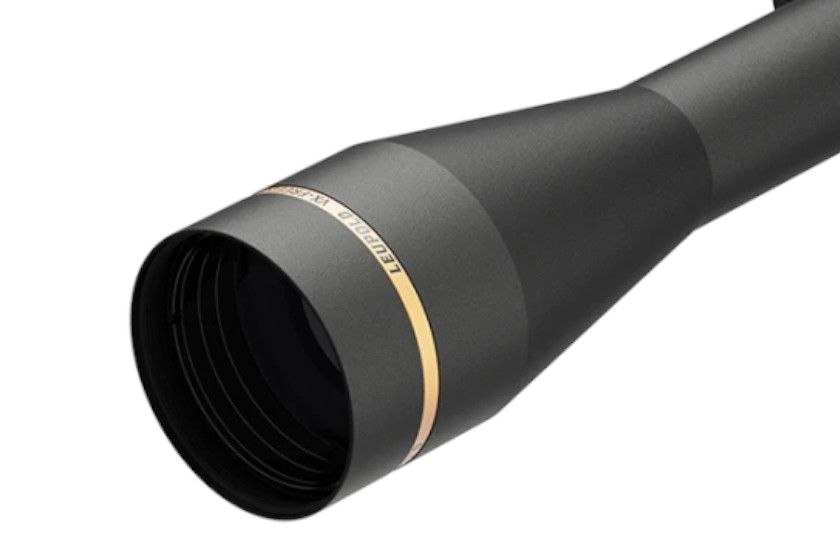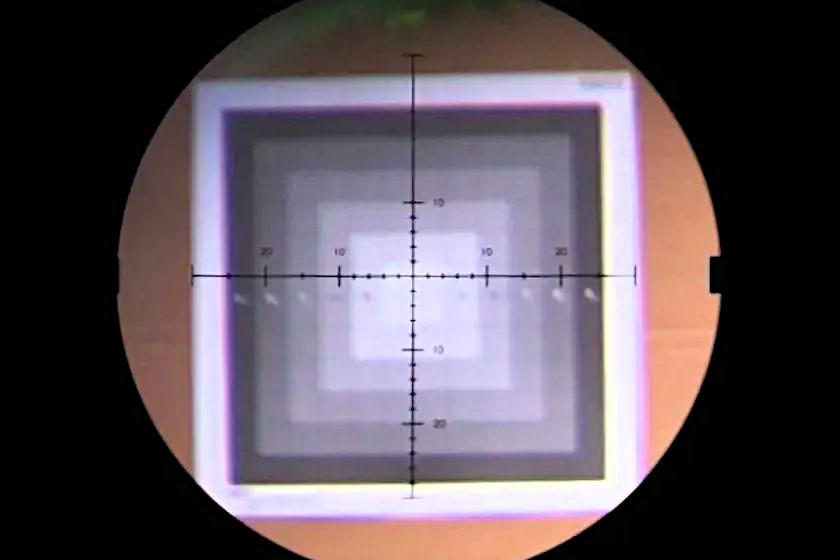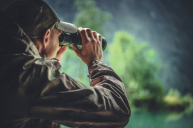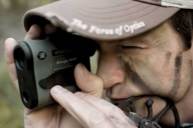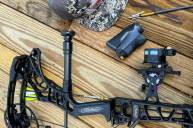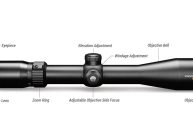Although it can be quite daunting, choosing your next rifle scope is an important process that you want to take seriously. If you haven't picked out a scope before, it might seem like there are a hundred factors to look at before you buy. While there can literally be dozens of factors at play, most average shooters only need to look at a handful of qualities to get a great scope for their firearm.
Price may be your leading qualifier, but magnification, lens coating, focal plane, and your field of view are all critical qualities. Don't worry, we're going to walk you through the most important scope factors you need to know before you buy. Although we will also touch on a few more detailed topics. Let's get started with the simplest and most important question, the intended use for your scope.
Magnification for the Target Species or Distance
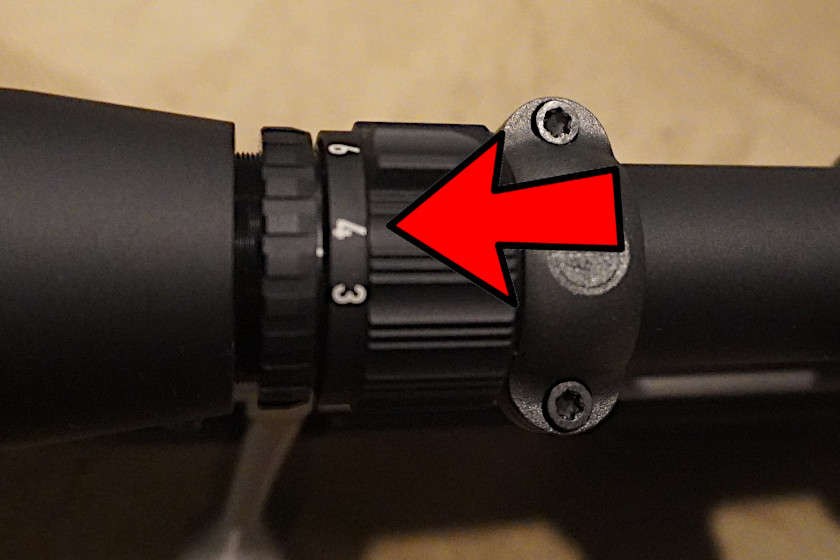
Photo by Travis Smola
Scopes come in all shapes and sizes. What you don't want to do is buy a super large and expensive scope when you never plan on shooting more than 100 yards. The other extreme is buying a low power scope when you need to shoot at ranges of 500 yards.
If you are a range shooter, you do not want to be shooting at ranges that require the maximum magnification your scope can offer. You want a little wiggle room. Likewise, buying a huge 25X optic for hunting whitetail within 200 yards is more than you need and is likely a waste of money. Generally, scopes get more expensive the farther they can magnify.
A scope's magnification refers to how much closer your target will appear when looking through it. Scopes come in fixed and variable magnification options. Most can be identified by noting whether there is a single number or range of numbers before the X.
- Squirrel, Rabbit, Target Practice (Under 100 yards) - 2-4X
- Prairie Dog, Fox, Marmot, Elk (Greater than 200 yards) - 6X-20X or 8-25X
- Whitetail Deer (Under 200 yards) - 3-9X
- Mule Deer, Antelope, (Approximately 200 yards) - 4-12X or 4.4-14X
If you are planning to use the scope for a variety of different game species, you will want to spend the extra money and buy a variable scope. If it will be used for the same species, and the same distances, then a fixed scope is the way to go.
Light & Distance, Your Objective Lens
The objective lens is the lens that is located towards the barrel of the rifle. The larger the objective lens, the brighter and clearer your target will appear. On the other hand, larger objective lenses add extra weight to your rifle, and reflect more sunlight, which can give your position away. Larger objective lenses also cost significantly more money. So, you will want to get a scope with a lens that is large, but still cost effective.
- Under 28mm - Close range targets, low recoil rifles
- 30mm-48mm - Low light scenarios, higher recoil rifles
- Above 50mm - Low light & long-range targets
Consider the types of terrain you'll be hunting and how much detail you'll need from the image. It is also worth considering the times when many of your shot opportunities happen. If most of your opportunities are the first or last few minutes of shooting time when light is fading, a larger lens is almost a necessity.
Lens Clarity & Coating
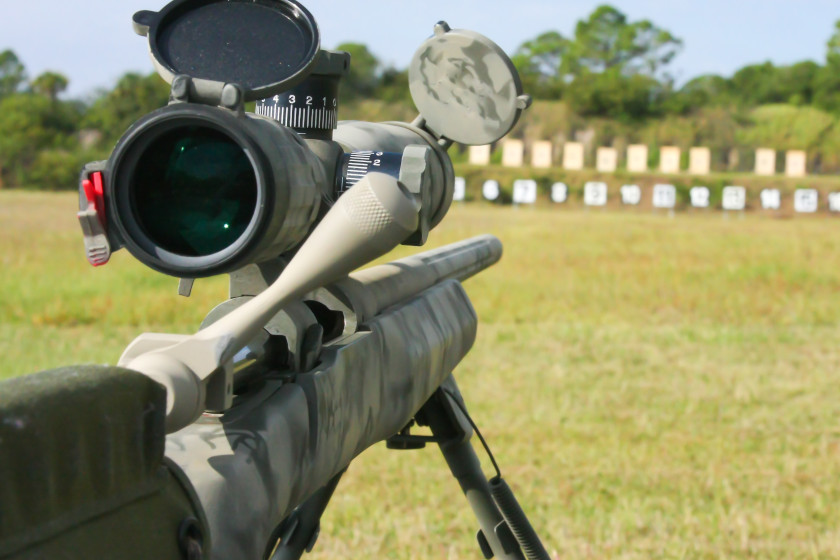
pphelps via Getty Images
Lens coatings are applied to help improve how well you can see through your scope, and to protect the lenses. There are four main types of lens coatings to consider, each of which carries a different price tag.
- Coated - a single surface of the lens is coated
- Fully Coated - all outside layers of the lens are coated
- Multi-coated - a single surface has multiple layers of coating
- Fully Multi-coated - all the outer layers of the lens are coated in multiple layers
You will want to spend the extra cash on purchasing a fully coated, multicoated, or fully multi-coated lens. Coated lenses are inexpensive but can lead to problems clearly seeing your target downrange. If you like a particular scope, you will want to seek out some reviews on its lens coating and clarity.
Field Of View & Target Detection
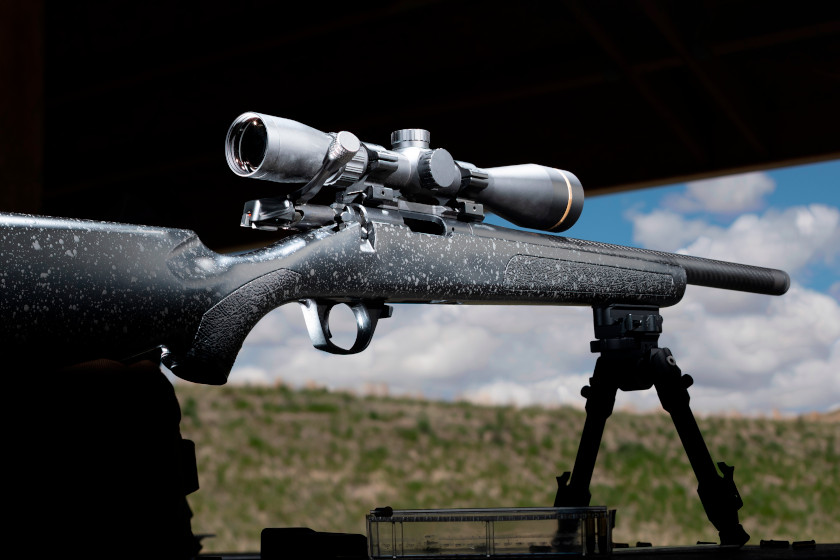
gsagi via Getty Images
Field of view refers to the width you can see, from side to side, while looking through the scope. This will decrease as the magnification of the scope increases, so you will need to strike a balance. Field of view is another reason that you don't want to go overboard when selecting a magnification for your scope.
A larger FOV is better for picking up targets, but it is linearly correlated with your magnification. I have had problems in the deer stand trying to get my scope on a deer I can see a hundred yards away. I tend to increase my magnification before bringing it up to my eye, which decreases my FOV, and makes it take longer to pick up my target. The easiest way to do it would be to increase your magnification with the scope to your eye. The downside to doing this is that a rutting buck may take you by surprise and not leave enough time to get your scope settled before the shot opportunity is lost forever.
First Focal Plane Vs Second Focal Plane
FFP and SFP refer to the way your reticle will appear depending on the magnification of your scope. The size of an FFP reticle will get bigger or smaller as you adjust your magnification in a variable scope, whereas an SFP reticle will stay the same size.
If you are going to primarily be shooting short distances, then SFP will work just fine. If you are going to be using the scope for long-range shooting, like with elk hunting, then you are going to want to go with FFP to increase the accuracy of your shot. Manufacturers also know this, and FFP scopes tend to be a bit more expensive than SFP.
MOA Vs MRAD and Turrets
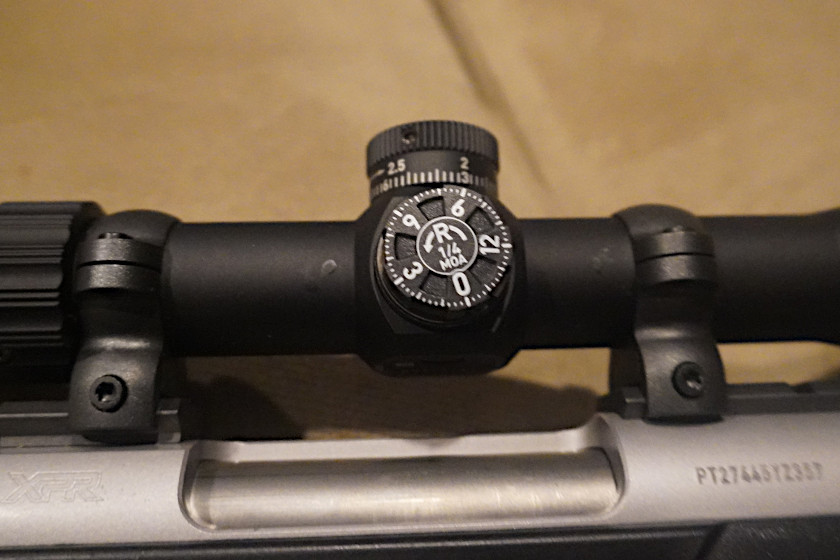
Photo by Travis Smola
MOA stands for minute of angle, and MRAD stands for milliradian of angle. You may also see MRAD referred to as MILLS. In either case, both are both measures of accuracy over a specific distance. MOA is an imperial measurement, so it uses yards. MRAD is a metric unit, and it uses meters. MOA is a measure of 1-inch per 100 yards whereas MRAD is 1-centimeter per 100 meters. In case you were wondering, MRAD is slightly more accurate, and it is what the military uses. We recommend going with whatever is most comfortable. The most important thing is to become familiar with it so that you can effectively sight your scope.
When it comes to turrets for windage and elevation, these knobs are located on the top and side of your scope to adjust the position. They are especially useful when shooting long distances over variable terrain in windy conditions. Be sure to choose a scope that has turrets that securely lock into place with an audible "clicking" sound. This just makes it easier to know you're counting the right adjustments during the sighting-in process.
Eye Relief & Comfort
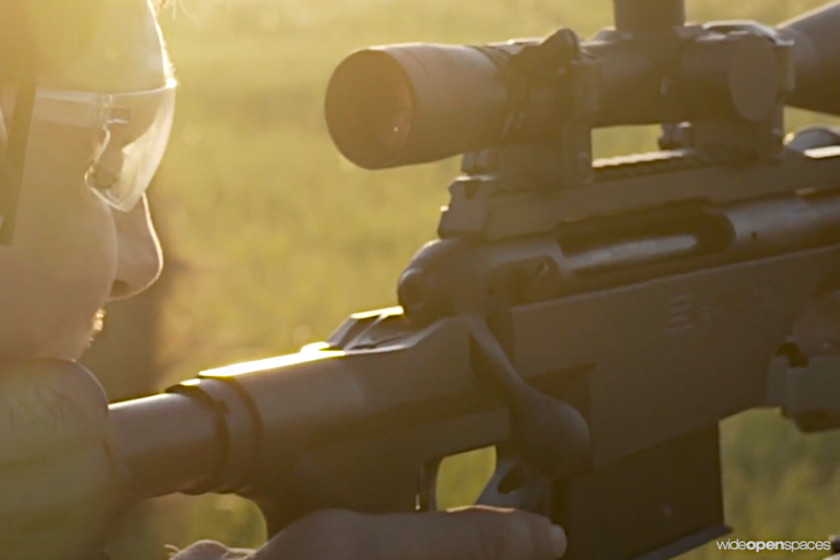
Photo by Wide Open Spaces
Eye relief is the simplest thing to understand, but it might also be the most important for safety reasons. This simply refers to the distance between your lens and your eye. It can be the difference between a memorable day out and a black eye. The higher the rifle's recoil the more eye relief you will want. Bare minimum, you will want at least three inches of eye relief to spare you some unnecessary pain and embarrassment when testing your new scope on your next outing.
That's basically it. Take some extra time to consider what you will be using your rifle for before you buy. It just helps to ensure that you equip it with the best possible scope. Remember, bigger isn't always better with scopes. So, don't go overboard in the magnification and objective lens departments or you might end up with a scope that doesn't serve the purpose you bought it for.
